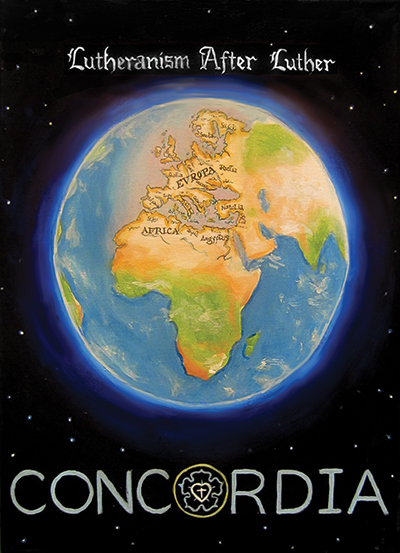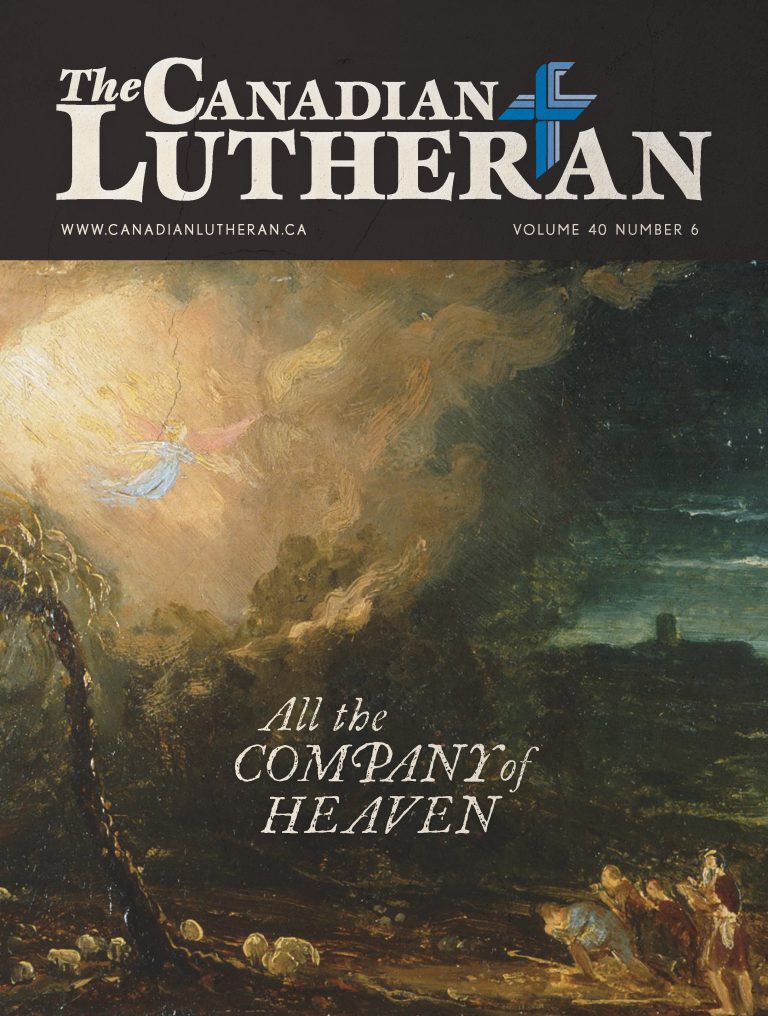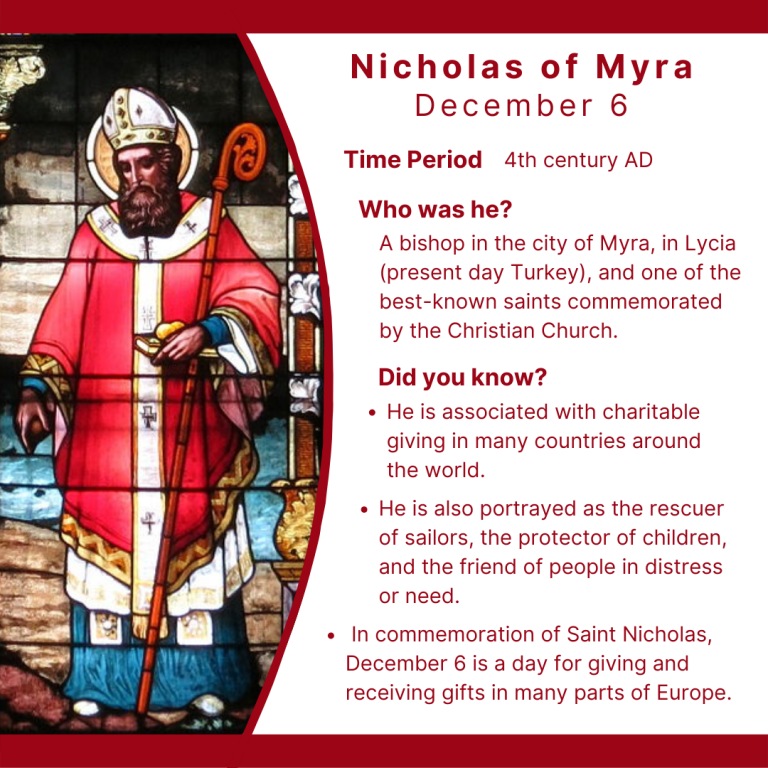Reformation 2017 Artwork: Lutheranism After Luther
Editor’s Note: Kelly Klages has agreed to prepare six pieces of original art for Lutheran Church–Canada (LCC) commemorating the 500th anniversary of the Reformation in 2017. Each piece of art will be featured on the covers of this year’s issues of The Canadian Lutheran magazine.
In addition, each piece of art is being made available to LCC congregations as a free, downloadable poster. You can print out the posters, along with accompanying artist’s statement, as they become available at www.reformation2017.ca/resources/posters/.
 by Kelly Klages
by Kelly Klages
Luther scarcely could have imagined the influence his work would have. He certainly hoped for the Roman church to repudiate the errors of indulgences and works-righteousness, which ideally would have resulted in a more Gospel-centric Catholic church in the midst of the 16th century Holy Roman Empire. The sad necessity of schism, and the outrages perpetuated by the more radical reformers of the time, were a cause of frustration and disappointment. But more grew from the Reformation than was, perhaps, ever dreamed at the time.
Luther’s teachings took hold firmly in Germany and surrounding regions, including the Baltic states. Lutherans gained freedom for their beliefs, and unity in their confessions in the definitive 1580 Book of Concord. When freedoms and doctrine were threatened, many of these children of the Reformation emigrated—to the United States, for example, resulting in the founding of the LCMS and other synods—and throughout the world. Today, Africa is one of the fastest-growing regions for Lutheranism. Luther’s translation of the Bible not only shaped modern German, but it influenced the 1611 King James Version, and inspired the hundreds of translations of the Bible across the globe. These are lands and languages that the early reformers knew little or nothing about. And today we can converse with like-minded believers from the ends of the earth with the touch of a button.
My final painting, “Lutheranism After Luther,” began with a small segment of map styled from a late 16th century map of Europe, which included a very limited known amount of the surrounding regions. The map merges out into a modern globe, and finally resolves as a picture from space, suggesting the global phenomenon and its spread. “Concordia” refers to the Lutheran Confessions and the worldwide unity we have in God’s unchanging Word.
The map merges out into a modern globe, and finally resolves as a picture from space, suggesting the global phenomenon and its spread. “Concordia” refers to the Lutheran Confessions and the worldwide unity we have in God’s unchanging Word.
Lutheran belief and practice has had far-reaching, global effects—from projects like the International Lutheran Council and Canadian Lutheran World Relief, to concerns about the secularization of Europe and the reality of other confessionally strong countries as the new missionaries to a post-Christian West. But we also remember that when we go back to the 95 Theses, Luther’s concerns were both personal and pastoral. When it came to the truth of the Gospel and the free forgiveness of sins, souls were at stake. Today, as then, God’s Word needs to be proclaimed in the local pulpit and inculcated in each Christian family. It is from these humble beginnings that the world is changed.
———————
Kelly Klages is a writer and artist living in Morden, Manitoba.



